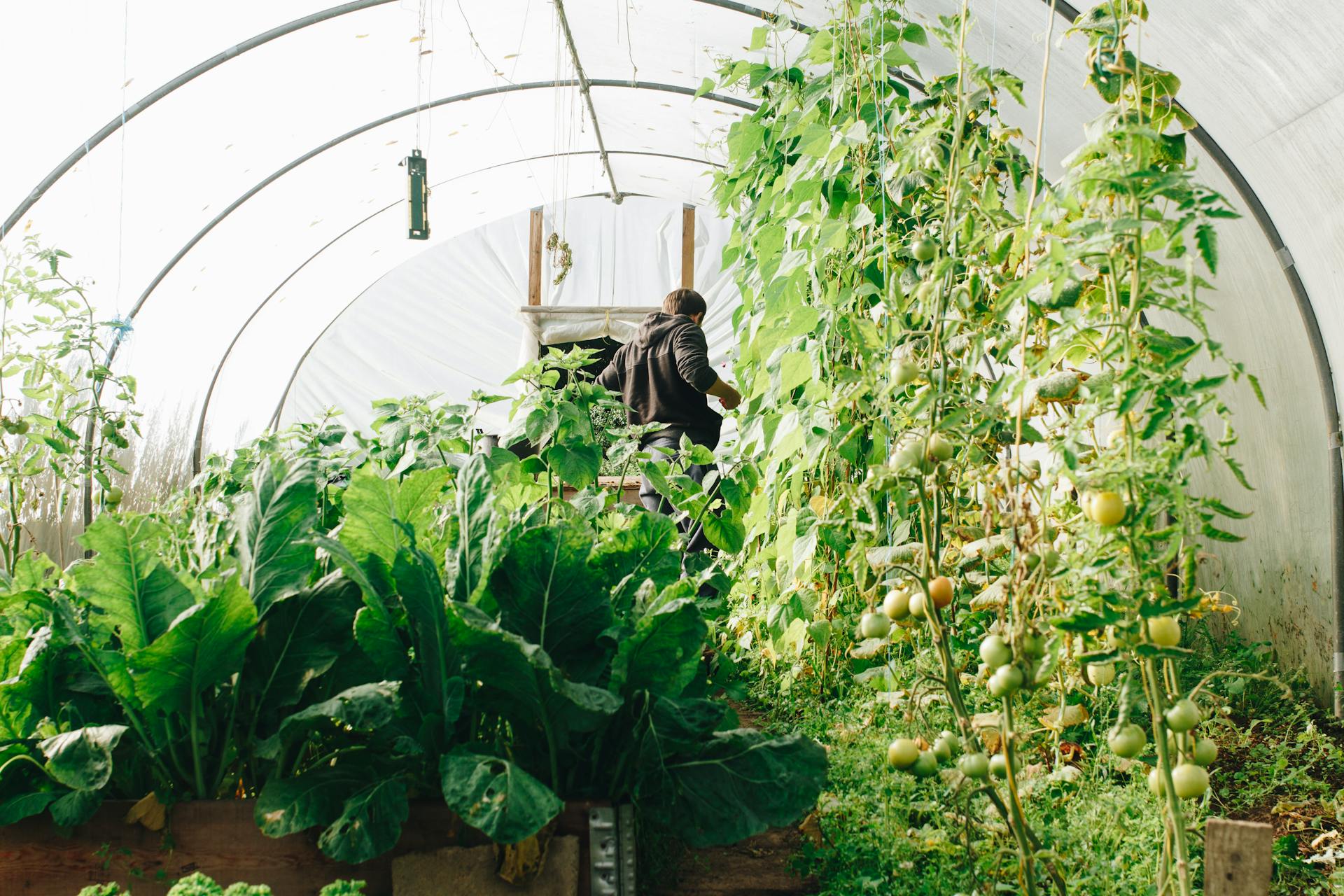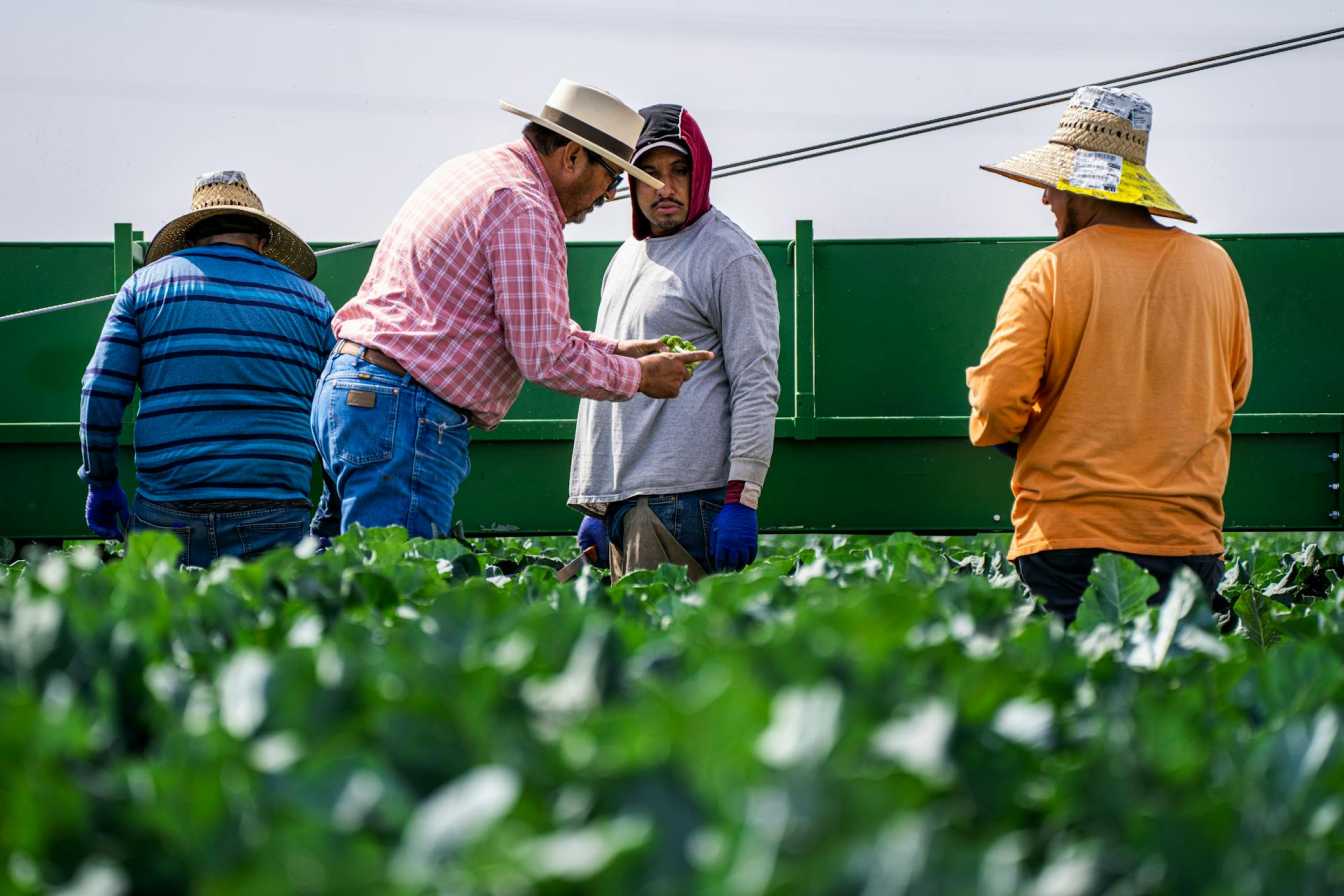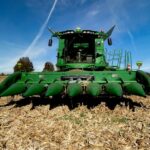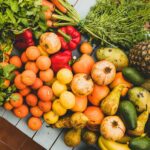While urban farming offers numerous benefits, it also presents challenges and disadvantages that must be addressed for successful implementation. In this article, we delve into the drawbacks of urban farming, examining the limitations, obstacles, and considerations that practitioners face in urban agricultural endeavors. By understanding these challenges, we can develop strategies to overcome them and foster more resilient and sustainable urban farming practices.

- Limited Space:
- One of the primary disadvantages of urban farming is the constraint of limited space, especially in densely populated cities.
- Example: In cities with high population density like New York City or Tokyo, finding suitable land for urban farming can be challenging, leading to smaller-scale operations or reliance on unconventional spaces like rooftops or vertical gardens.
- Soil Quality and Contamination:
- Urban environments often have poor soil quality due to contamination from pollutants such as heavy metals, pesticides, and industrial waste.
- Example: Former industrial sites or areas with high traffic pollution may have soil that is unsuitable for growing food crops without remediation, posing health risks to consumers and limiting the range of crops that can be cultivated.
- Access to Water:
- Urban farming requires access to adequate water resources for irrigation, but water scarcity and competition for water in urban areas can pose significant challenges.
- Example: In arid regions or cities prone to drought, urban farmers may struggle to maintain sufficient water supplies for their crops, leading to reduced yields or reliance on costly irrigation systems.

- Zoning Regulations and Land Use Policies:
- Zoning regulations and land use policies in urban areas may restrict or prohibit agricultural activities, making it difficult for urban farmers to secure land or obtain permits for farming operations.
- Example: Some cities have strict zoning laws that designate certain areas for residential or commercial use, limiting opportunities for urban agriculture and creating barriers for aspiring farmers.
- Economic Viability:
- Urban farming can be financially challenging, as the cost of land, infrastructure, and labor in urban areas is often higher than in rural areas.
- Example: Despite the growing demand for locally grown produce, urban farmers may struggle to compete with large-scale agricultural operations or imported goods, making it difficult to generate sufficient income to sustain their businesses.
- Pest and Disease Management:
- Urban environments can harbor pests and diseases that pose threats to crops, requiring vigilant pest management and disease control measures.
- Example: In densely populated areas, pests like rodents, insects, and birds may thrive, causing damage to crops and requiring costly interventions such as pest-resistant plant varieties or integrated pest management strategies.
- Community Engagement and Social Equity:
- Ensuring equitable access to urban farming opportunities and addressing social disparities in access to fresh food are important challenges for urban agriculture initiatives.
- Example: Urban farming projects located in low-income neighborhoods may face barriers related to community engagement, cultural preferences, and access to resources, highlighting the need for inclusive approaches that address social and economic inequalities.






